ONE of the UK’s rarest butterfly species which was once on the brink of extinction has been making a comeback on sites across Exmoor.
The number of heath fritillary butterflies spotted on the National Trust’s 12,500-acre Holnicote estate between Porlock and Minehead has been rising, and also spreading to new areas of the moors.
Experts say the resurgence, which bucks a national trend of butterfly decline, is ‘highly unusual’.
Decades of conservation efforts have meant more than 1,000 of the rare butterflies have been spotted this year and they have been flying up to three weeks early after a warm, dry spring.
With this season’s surveys still underway, heath fritillaries have been recorded so far on 13 sites on the estate, and numbers are significantly higher than the 600 seen at the same time last year.
Exmoor is now considered the most important heath fritillary stronghold in the country.
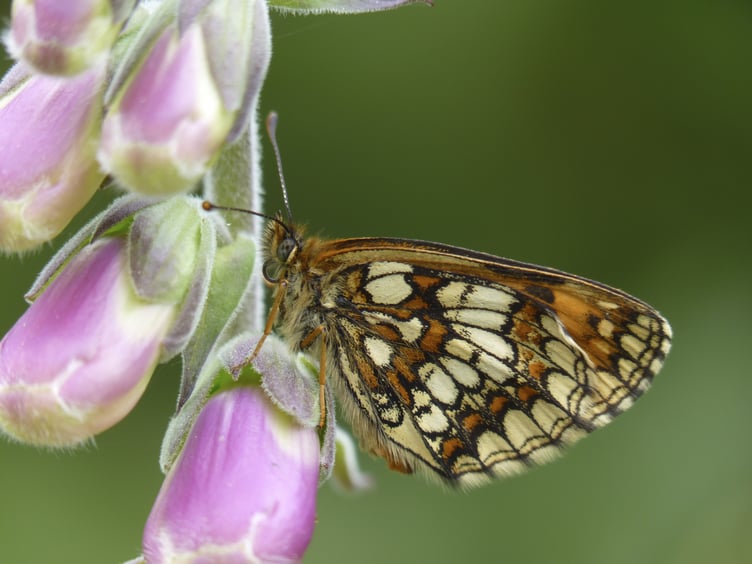
Early results from the surveys suggest eight sites have higher counts than 2024, three previously unoccupied sites have been recolonised, and one small site has seen a dramatic increase from just four butterflies last year to 186 this year.
National Trust Holnicote area ranger Basil Stow said: “We are really pleased to be seeing such healthy numbers of heath fritillaries at Holnicote this year.
“It is a real testament to the dedication of our teams, volunteers, and partners who have spent a huge amount of time since the 1980s understanding and caring for the needs of this vulnerable species.
“But the early emergence is a mixed blessing.
“If unsettled weather follows, it could cut short the butterfly’s flight season and disrupt its life cycle.
“It is a reminder of how delicately balanced nature is and how climate extremes can threaten even our most carefully managed landscapes.”
Mr Stow said a butterfly-friendly habitat network managed with the help of grazing cattle was key to species resilience.
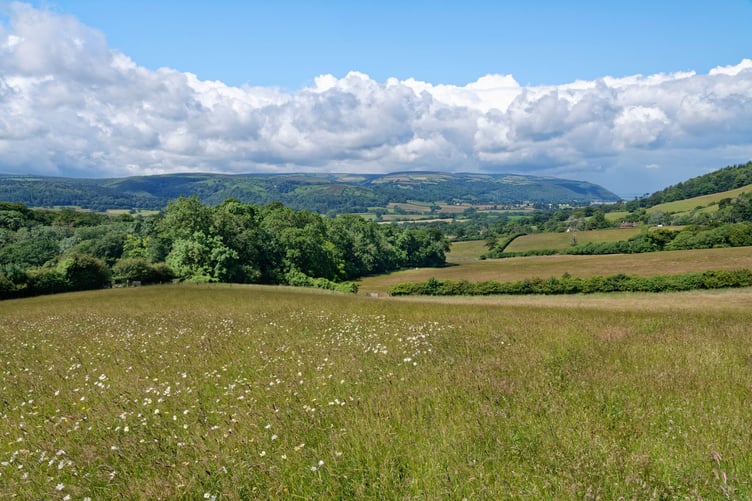
The heath fritillary was almost extinct in Britain in the early 1980s, but targeted conservation work has brought it back from the brink.
The encouraging progress on Exmoor follows years of dedicated habitat management by the National Trust and Butterfly Conservation, which has created the ideal conditions for the fritillary to thrive.
Their efforts include using red Devon cattle to selectively graze the area, removing bracken, and cutting glades at the edge of woodland.
An exceptionally warm and sunny spring has also prompted the heath fritillary to emerge two to three weeks earlier than usual.
Staff and volunteers have adjusted their monitoring accordingly, although there is concern that ‘climate variability’ could impact the butterfly’s life cycle if wet weather arrives before the flight peak.
Butterfly Conservation regional conservation manager Jenny Plackett said: “It is wonderful to see such strong numbers of heath fritillary on Exmoor this year.
“The heath fritillary is generally very sedentary, so this kind of expansion is highly unusual and suggests that recent habitat management is working.
“We are hopeful these populations will establish and extend their range across the estate.”

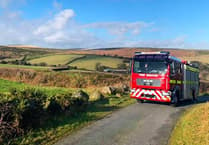

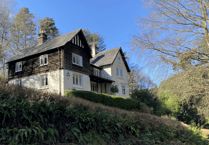
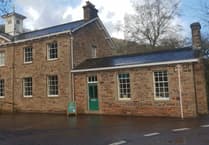
Comments
This article has no comments yet. Be the first to leave a comment.